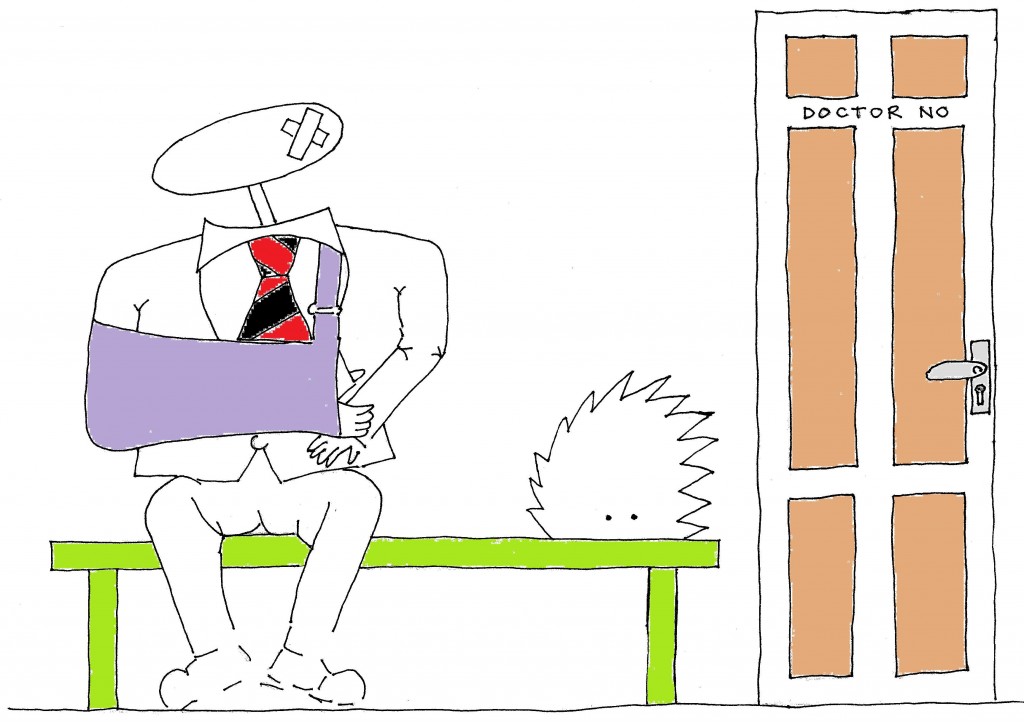
NHS pay is supposed to be set with reference to the recommendations by the NHS Pay Review Body. The terms of reference of this body, often referred to as “independent”, mean that they are unlikely to make truly unaffordable recommendations, as two of their six considerations in making any recommendations are as follows:
- the funds available to the Health Departments as set out in the Government’s Departmental Expenditure Limits; and
- the Government’s inflation target.
Despite this, as recently as last month, Helen Whately, the minister of state for social care, was saying that the “government has to look overall at what is affordable”, adding that the PM has said ministers must be “responsible with the public finances…We take the advice and recommendations from the pay review bodies, but you’ll understand that government has to be responsible with the public finances. That’s why I can’t say here and now what the outcome of the whole process is going to be”.
The Government then finally confirmed that it would accept the recommendations of the Pay Review Body (report here), but that:
The government will fund this pay award through prioritisation within existing departmental budgets, with front line services being protected.
Existing budgets in the NHS were set on the basis of a 3.5% pay rise, rather than the 6% for most doctors, 8.1-10.3% for junior doctors and 5% for senior leaders which has been agreed. So it will mean a reduction in non pay budgets to meet the shortfall.
The NHS Confederation’s response is that:
If health leaders are expected to raid their own budgets to somehow plug this funding gap at local levels, it will almost certainly result in cutbacks to patient care elsewhere.
What they didn’t say was that the government will effectively be reducing their net spending on the NHS by not funding the award. As Richard Murphy has pointed out:
Firstly, all of these pay awards will be taxed. They extra pay will be the top part of a person’s pay. It’s likely that tax of 20% and NIC of 12% will be paid by each employee as a result.
On top of that employer’s NIC of 13.8% will be paid. In other words, of the gross cost (pay plus employer’s NIC), just over 40% will return to the Treasury in tax.
It makes no sense, in that case, to refuse that 40% back to the departments that are paying these people.
And that is even before you take into account indirect taxation and multiplier effects.
Not only does it make no sense for the government to use this of all moments to reduce their net contribution to the NHS, it also clearly goes against the wishes of the majority of voters. 82% think more funding is needed and support is found across all age groups, UK nations and across the political spectrum (63% among Conservative voters and 94% of Labour voters).
The main reason given by the government is that it “balances the need to keep inflation in check while giving some staff significant pay increases.” If that “balance” is achieved by robbing Peter of his operation due to a lack of beds or equipment in order to pay Dr Paul, then what sort of an achievement is that? And why, if the government are not prepared to actually fund the pay review body recommendations, do they have a say in whether they are accepted or not?
And this is not the first time. In July 2022, the failure to fully fund the recommended pay increase led, according to the NHS Confederation, to a shortfall of £1.8 billion, adding to the shortfall already due to inflation and increasing energy costs of over £4 billion. Then, as now, these increased costs will need to be absorbed by already over-stretched individual NHS trusts.
This will mean further additional avoidable deaths and more record waiting lists. It is a policy which is anything but balanced.
